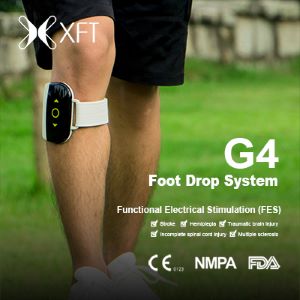Arts & Neuroscience
Musical Cueing in Parkinson's Disease Motor Rehabilitation: A Rapid Review
Wednesday, November 1, 2023
2:15 PM - 2:21 PM
Location: Station 8

Leah K. Quiller, MT-BC
Music Therapist
Colorado State University
Longmont, Colorado, United States
Presenting Author(s)
Research Objectives: To identify what musical elements are used to address motor functioning with adults diagnosed with PD
To identify what motor outcomes are being treated with music
Design: This study was a rapid review.
Setting: This rapid review was conducted at Colorado State University.
Participants: This study examined sources that worked with adults diagnosed with Parkinson's Disease.
Interventions: Set the research question/ topic refinement
Determine eligibility criteria
Conduct a database search
Title and abstract screening
Remove duplicates
Full text analysis
Main Outcome Measures: Categorical
Results: The musical intervention categories included the use of rhythmic auditory cueing (n = 7), patterned sensory enhancement (n = 1), auditory cueing with music (n = 5), internal rhythmic cueing (n = 1), familiar music (n = 4), and music sonification (n = 1). The motor outcome categories included fine motor (n = 3), gait (n = 10), upper extremity (n = 2), and sit to stand (n = 1).
Conclusions: Most musical interventions had a focus on rhythm and the majority of motor outcomes being measured examined gait functioning. Based on these outcomes, it is likely that we will see more research in coming years examining the efficacy of familiar music as a therapeutic tool, and there is a need for more systematic research assessing the use of music for fine motor outcomes.
Author(s) Disclosures: No conflict of interest to disclose.
To identify what motor outcomes are being treated with music
Design: This study was a rapid review.
Setting: This rapid review was conducted at Colorado State University.
Participants: This study examined sources that worked with adults diagnosed with Parkinson's Disease.
Interventions: Set the research question/ topic refinement
Determine eligibility criteria
Conduct a database search
Title and abstract screening
Remove duplicates
Full text analysis
Main Outcome Measures: Categorical
Results: The musical intervention categories included the use of rhythmic auditory cueing (n = 7), patterned sensory enhancement (n = 1), auditory cueing with music (n = 5), internal rhythmic cueing (n = 1), familiar music (n = 4), and music sonification (n = 1). The motor outcome categories included fine motor (n = 3), gait (n = 10), upper extremity (n = 2), and sit to stand (n = 1).
Conclusions: Most musical interventions had a focus on rhythm and the majority of motor outcomes being measured examined gait functioning. Based on these outcomes, it is likely that we will see more research in coming years examining the efficacy of familiar music as a therapeutic tool, and there is a need for more systematic research assessing the use of music for fine motor outcomes.
Author(s) Disclosures: No conflict of interest to disclose.

.jpg)
